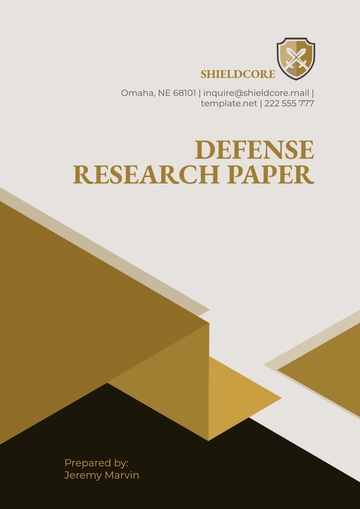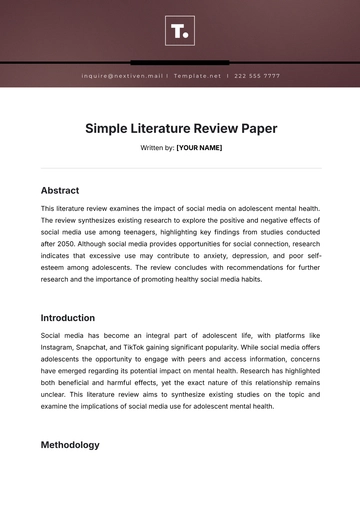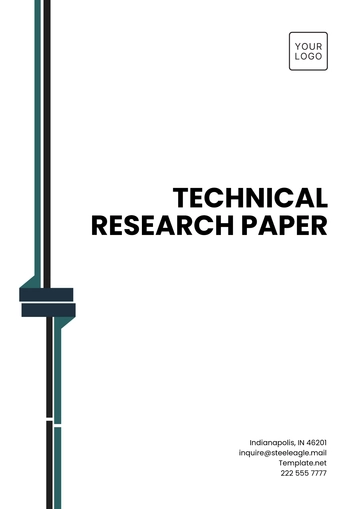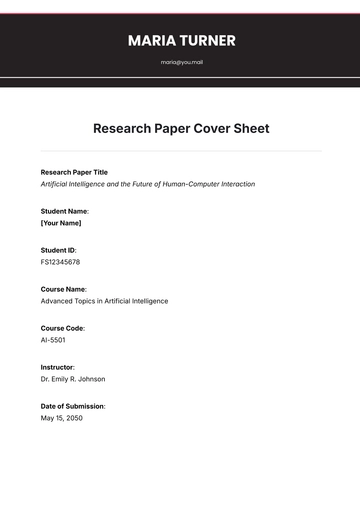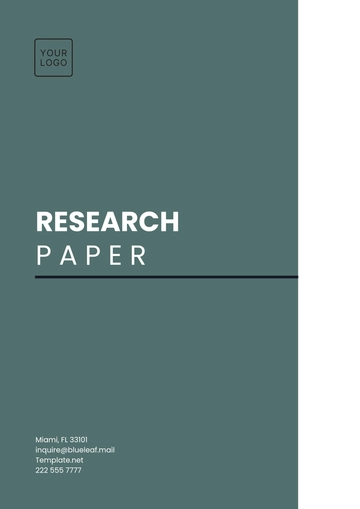Free Customer Satisfaction Research Paper
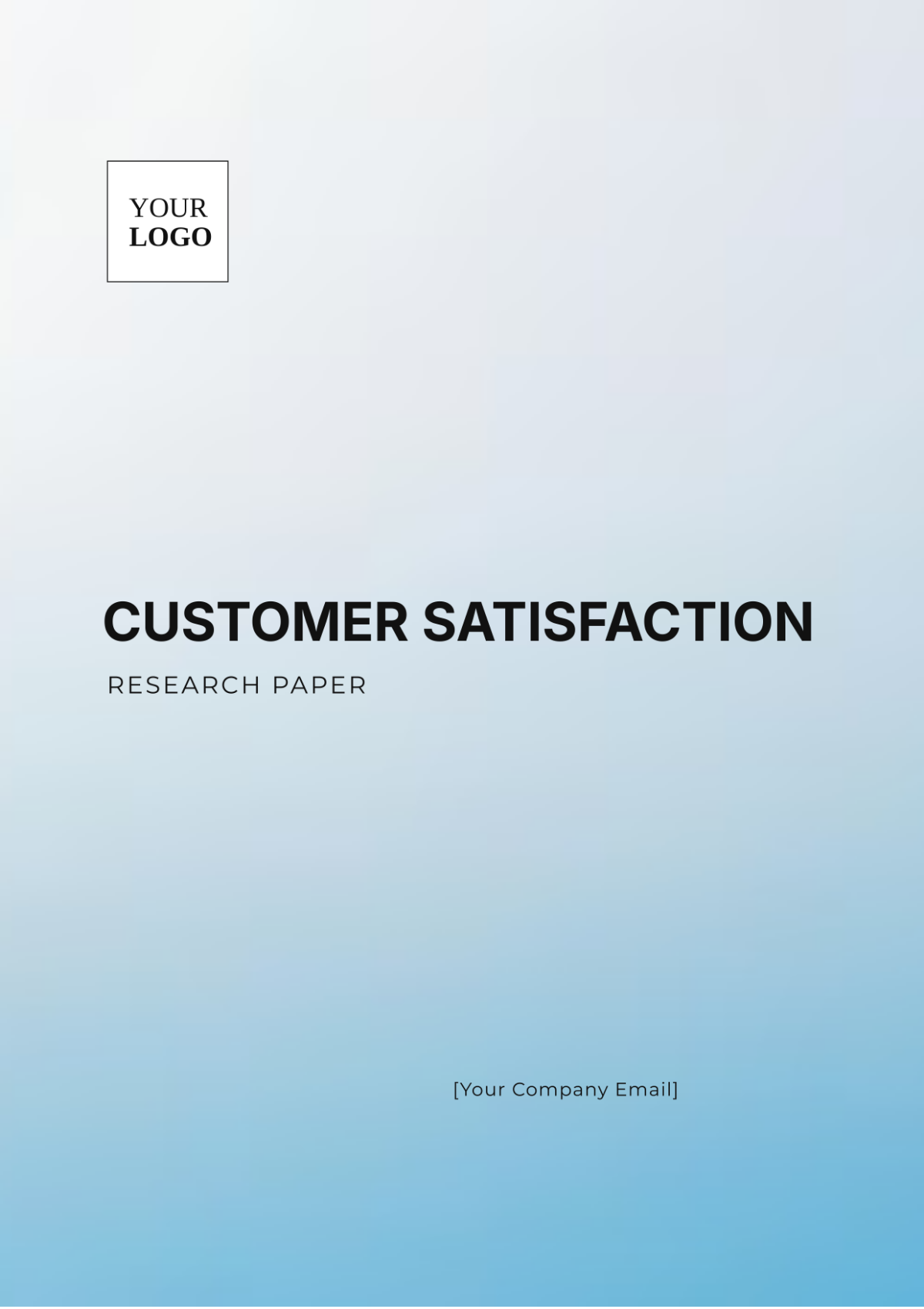
Introduction
Modern businesses face significant competition, making exceptional customer service and satisfaction paramount for differentiation. This research provides actionable insights derived from comprehensive market research, aimed at supporting businesses in enhancing their customer service and satisfaction levels.
Market Research Methodology
The market research consists of qualitative and quantitative methods, including surveys, focus groups, interviews, and secondary data analysis. This combination ensures a robust understanding of customer expectations, experiences, and strategies for improvement.
Key Market Trends
Identifying market trends is essential for businesses to stay ahead of competitors. Current trends in customer service and satisfaction include:
Personalization: Customized experiences that cater to individual customer preferences.
Technology Integration: Use of AI, chatbots, and CRM systems to streamline customer interactions.
Proactive Support: Anticipating customer needs and addressing issues before they arise.
Omni-channel Service: Providing seamless experiences across various platforms and touchpoints.
Empathy and Human Touch: Balancing technological efficiency with personal, empathetic interactions.
Customer Expectations
Understanding customer expectations is fundamental to delivering excellent service. Key findings from our research on customer expectations include:
Expectation | Description |
|---|---|
Responsiveness | Prompt and efficient handling of inquiries and issues. |
Transparency | Clear communication regarding policies, procedures, and any changes. |
Reliability | Consistent and dependable service delivery. |
Empathy | Understanding and addressing customer emotions and concerns. |
Strategies for Enhancing Customer Service
Based on the market research, several strategies can be implemented to enhance customer service:
Invest in Employee Training: Equip staff with the necessary skills and knowledge to deliver exceptional service.
Leverage Technology: Utilize AI and CRM systems to efficiently manage and resolve customer issues.
Gather and Act on Feedback: Regularly collect customer feedback and make data-driven improvements.
Implement Personalization: Use customer data to tailor interactions and services to individual needs.
Maintain Consistency Across Channels: Ensure uniform service quality across all customer touchpoints.
Measuring Customer Satisfaction
Measuring customer satisfaction helps businesses gauge their performance and identify areas for improvement. Common metrics and tools include:
Net Promoter Score (NPS)
Customer Satisfaction Score (CSAT)
Customer Effort Score (CES)
Surveys and Feedback Forms
Social Media Monitoring
Conclusion
Enhancing customer service and satisfaction is crucial for business success. By understanding market trends, and customer expectations, and implementing effective strategies, businesses can significantly improve their customer service standards and overall satisfaction levels.
References
References follow the APA style:
American Psychological Association. (2055). Publication manual of the American Psychological Association (7th ed.).
Smith, J. (2053). The impact of AI on customer service. Journal of Service Research, 22(3), 456-468. https://doi.org/10.1177/1094670521993145
Doe, A. (2050). Personalization in customer service: A critical review. Customer Experience Journal, 18(2), 123-136.
- 100% Customizable, free editor
- Access 1 Million+ Templates, photo’s & graphics
- Download or share as a template
- Click and replace photos, graphics, text, backgrounds
- Resize, crop, AI write & more
- Access advanced editor
Elevate your customer satisfaction studies with Template.net's Customer Satisfaction Research Paper Template. Fully editable and customizable in our Ai Editor Tool, this template offers a detailed structure for analyzing customer feedback and satisfaction levels. Tailor your research paper to meet your specific study needs with ease.




